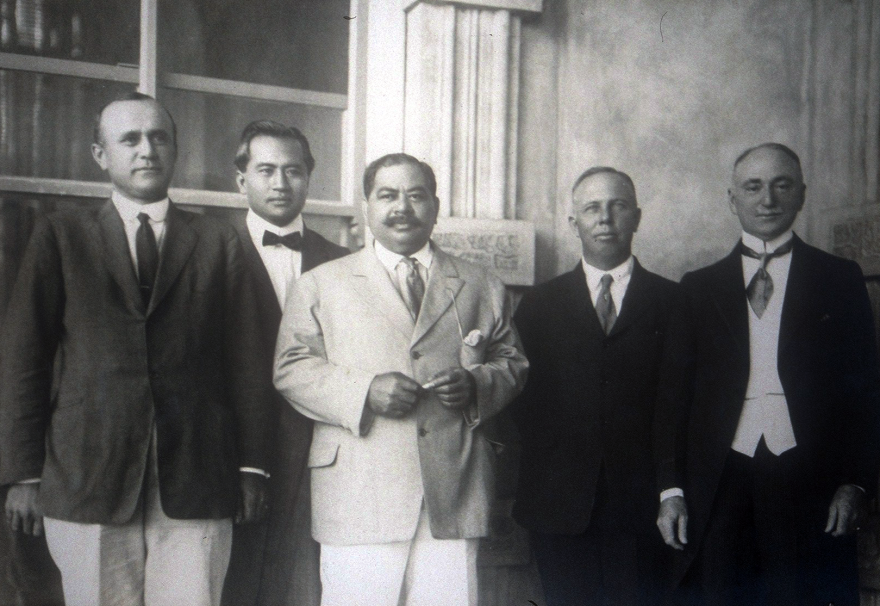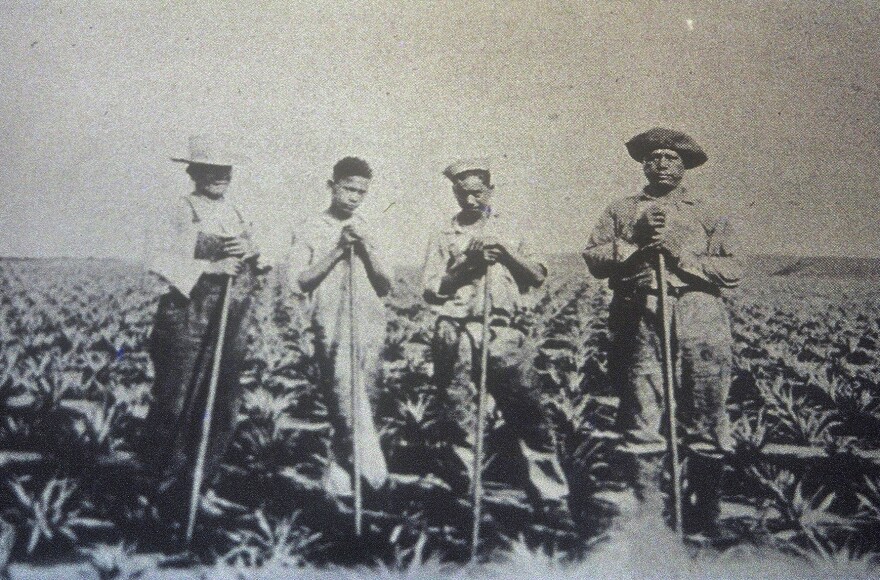Festivities are planned this month to mark the 100th anniversary of the Hawaiian Homes Commission Act, which was signed into law on July 9, 1921.

The law, passed by Congress in 1921, set aside 200,000 acres of land across the islands for Native Hawaiians. Over the past century, nearly 10,000 Native Hawaiians have been awarded homestead lots, and more than 28,000 are still waiting.
Gene Ross Davis lives on the same 5-acre Hawaiian homestead in Kalamaʻula that his grandfather was awarded in 1923. His grandfather George Maioho moved to Molokaʻi from Kōloa, Kauaʻi, to live in the first-ever Hawaiian homestead community in the islands.
“There was originally 13 families that began groundbreaking in Kalamaʻula,” says Davis. “The land was really not suitable for farming because of the lack of water, rugged terrain. It had a big impact on the first settlers.”
At the time, Hawaiians were struggling to survive in their own homeland. Prince Jonah Kūhiō Kalanianaʻole championed the Hawaiian Homes Commission Act to create a homesteading program to return Native Hawaiians to the land. The land base has helped families like Davis’ create generational wealth in one of the costliest states in the country.
“Our Prince knew the importance of acquiring land for the rehabilitation purpose of our people,” says Davis. “People need the connection to the land just to practice their culture, their lifestyle, and it still applies to our people today.”

But the benefits of the 1921 Hawaiian Homes Commission Act remain out of reach for many Hawaiians. A blood quantum policy excludes anyone of Hawaiian ancestry with less than 50% Hawaiian blood, and a majority of those who can qualify are still waiting.
“What they've been deprived of is the benefits of homesteading,” says Honolulu attorney Carl Varady.
Varady is co-counsel in a class-action lawsuit Kalima v. State of Hawaiʻi seeking damages for lost opportunity and breaches of trust on behalf of more than 2,700 people on a wait-list.
“What a difference this could make for them generationally if they are able to get a developed lot on which they can build housing,” says Varady. “Then they have the ability to save or create a future for their children to pay for educational needs, higher education, just simple things like health care. Things that help you advance, and thatʻs what the court recognized.”
In 2009, the Hawaiʻi Supreme Court ruled in favor of beneficiaries and found the state has a fiduciary responsibility to administer the Hawaiian Home Lands program dating back to 1959, when the state accepted responsibility to fulfill the terms of the act as a condition of statehood.
Since then, beneficiaries have prevailed in multiple lawsuits against the state for inadequately funding the Hawaiian Home Lands program, and for the use of homestead lands without beneficiary consent. The waitlist also skyrocketed from 2,500 people to nearly 29,000.

“The demand started to outpace our ability to develop somewhere in the 80s,” says Tyler Iokepa Gomes, Deputy Director of the state Department of Hawaiian Home Lands.
Gomes says the oversimplified answer to why the agency can’t immediately place Hawaiians on the land has involved development costs and the nature of its land inventory.
“For example, a large majority of that 200,000 acres is on Humuʻula. That's conservation land. So it's not suitable for homesteading and that happens to be true on every single island,” says Gomes. “Oʻahu for example, which has the largest residential waitlist of about 10,000 applicants, we have the smallest available landholdings on Oʻahu.”
In the first 75 years of the act, about 6,000 homestead lots were developed. And in the last 25 years, the agency has developed more than 4,000.
“Is it fast enough? No, it’s not. Considering the fact that the median home price in Hawai’i is now near $1 million,” says Gomes, “It's completely unrealistic that native Hawaiians should be expected to be paying $1 million for mediocre housing in their homelands.”









